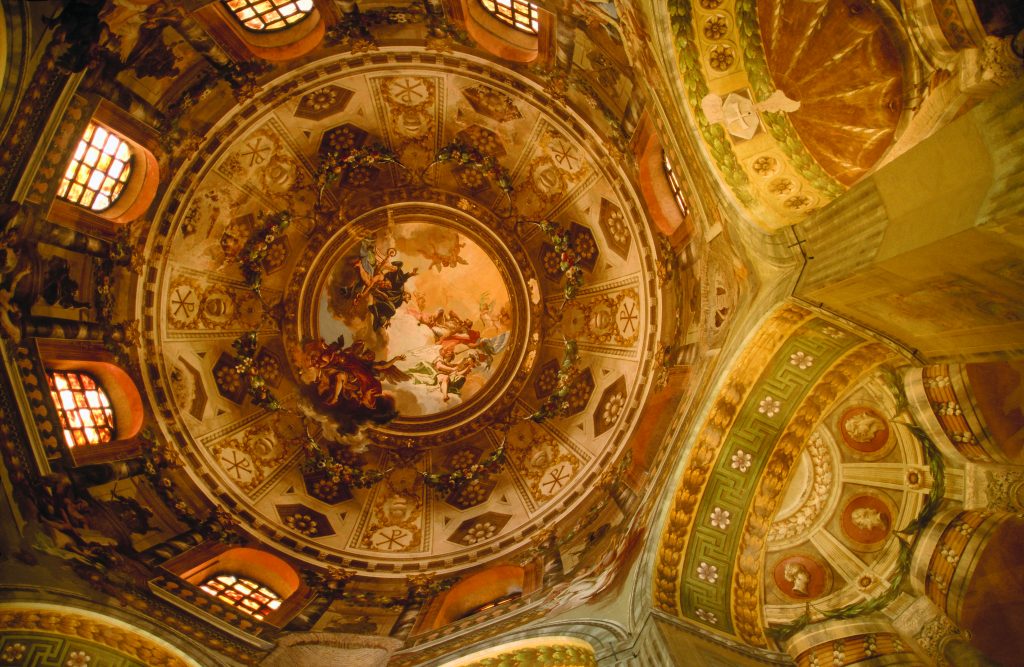Once the capital of the Western Roman Empire, Italia! discovers one of the many reasons to visit Emilia-Romagna’s artistically rich city Ravenna, which boasts eight UNESCO world heritage sites.
Of the many attractions that draw visitors to Emilia-Romagna’s Ravenna, the over-whelming Byzantine heritage is among the most alluring.
Ravenna was the capital of the Western Roman Empire for much of the fifth century, when Emperor Honorius decided to move from his seat in Rome. Believing that the malarial swamps would obstruct invasions from the barbarians, in 402 the Emperor moved his court to Ravenna on the Adriatic coast.
Sadly, the barbarians simply bypassed Ravenna and headed straight to Rome in 410, just eight years later. Honorius chose to remain in Ravenna until his death in 423, and around 50 years later, the city succumbed to invaders. An array of rulers, from the Goths to the Byzantines, have made the city flourish, both architecturally and artistically, into one of the most spectacular in the Mediterranean.
The prized mosaics, which adorn the city’s UNESCO listed churches and monuments spotted around the city, are regarded as greater than those found in Constantinople itself. The Basilica di San Vitale, as pictured, is one of the city’s eight listed buildings and probably the finest example of Byzantine art in the world.
The Basilica – consecrated in 547 by Archbishop Maximian, who is pictured in many of the mosaics – combines both Roman features, like the imposing dome, with typically Byzantine characteristics, like the narrow brown bricks that comprise the exterior.
The colours from the mosaics that adorn the walls dazzle the visitor upon entrance to the city’s most famous church, then the eye is drawn to the spectacular, frescoed dome.

